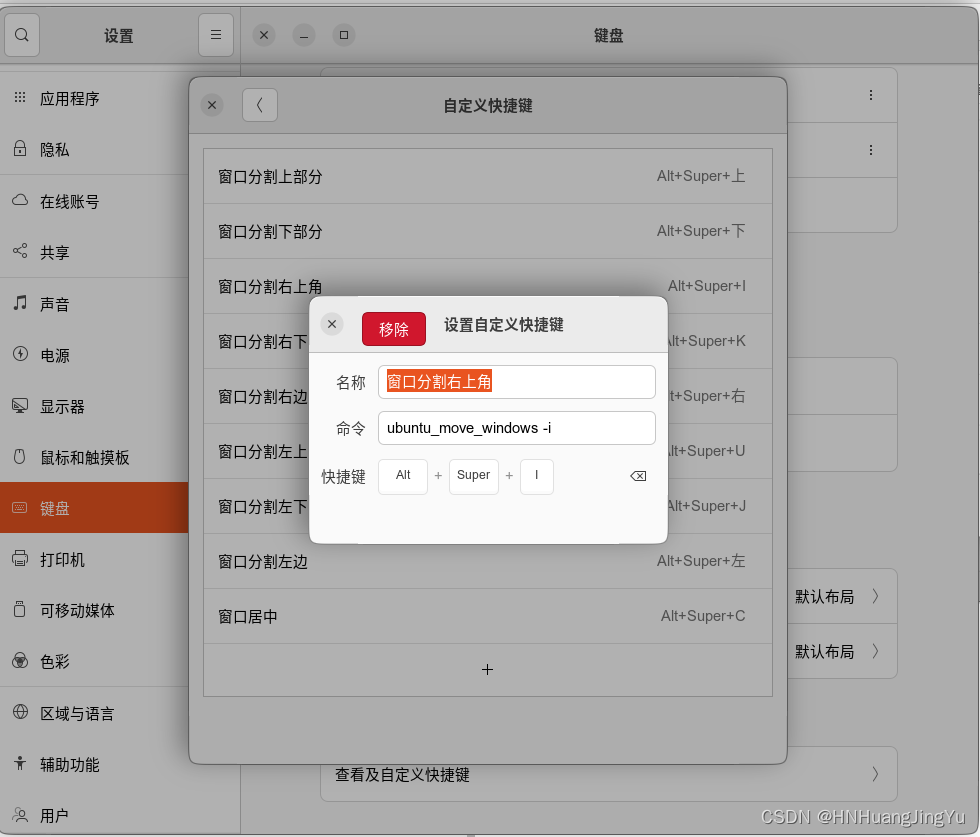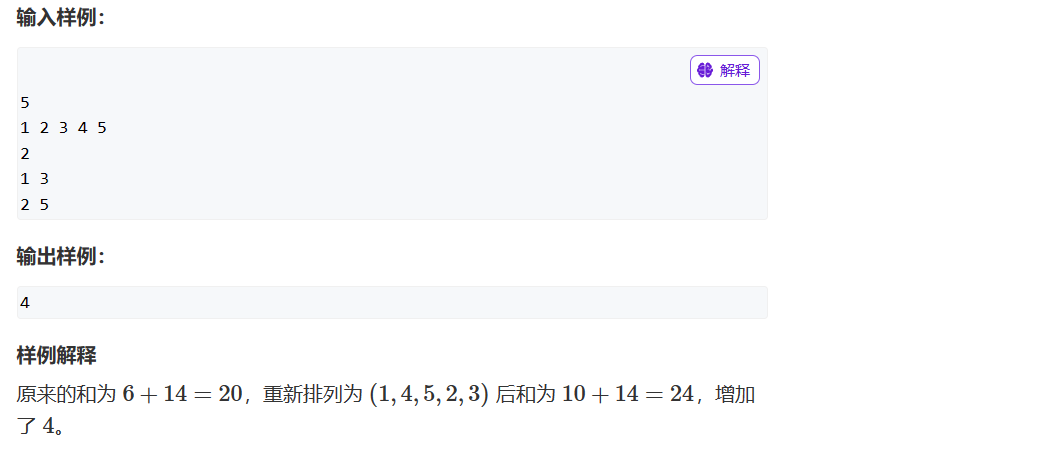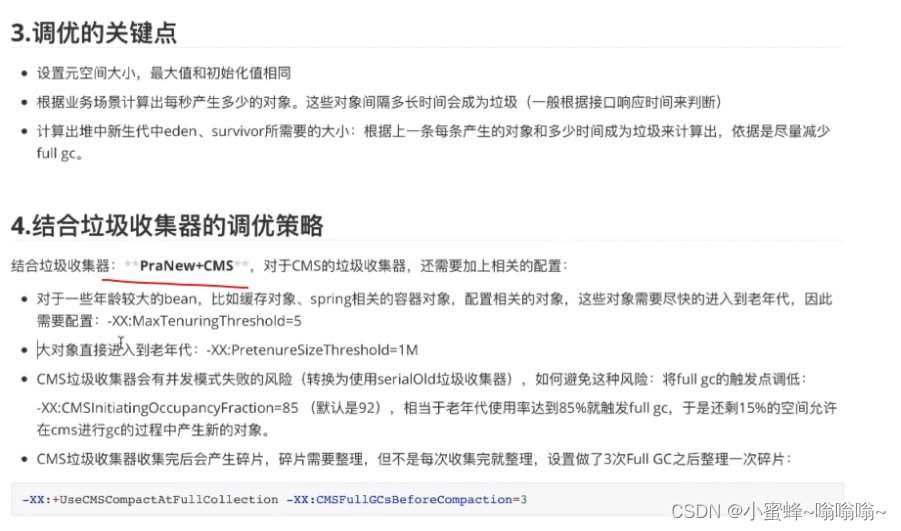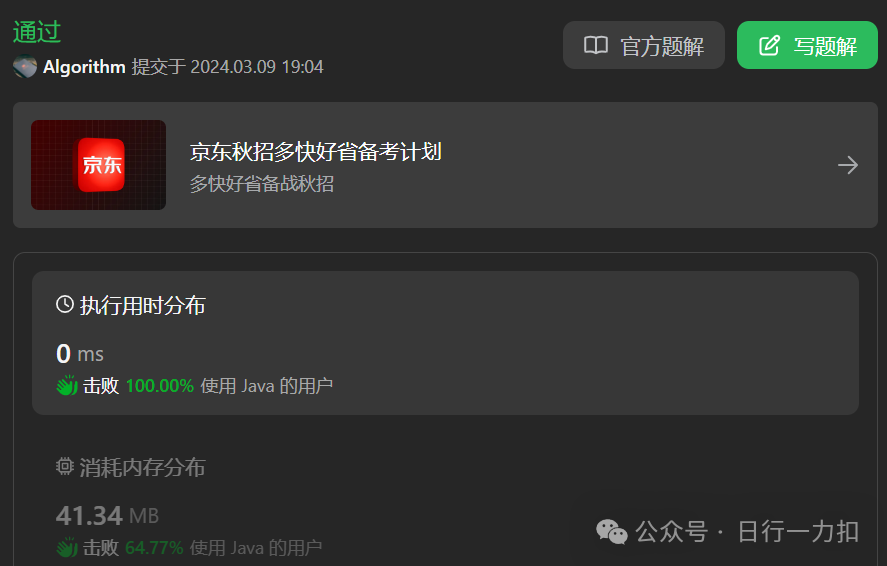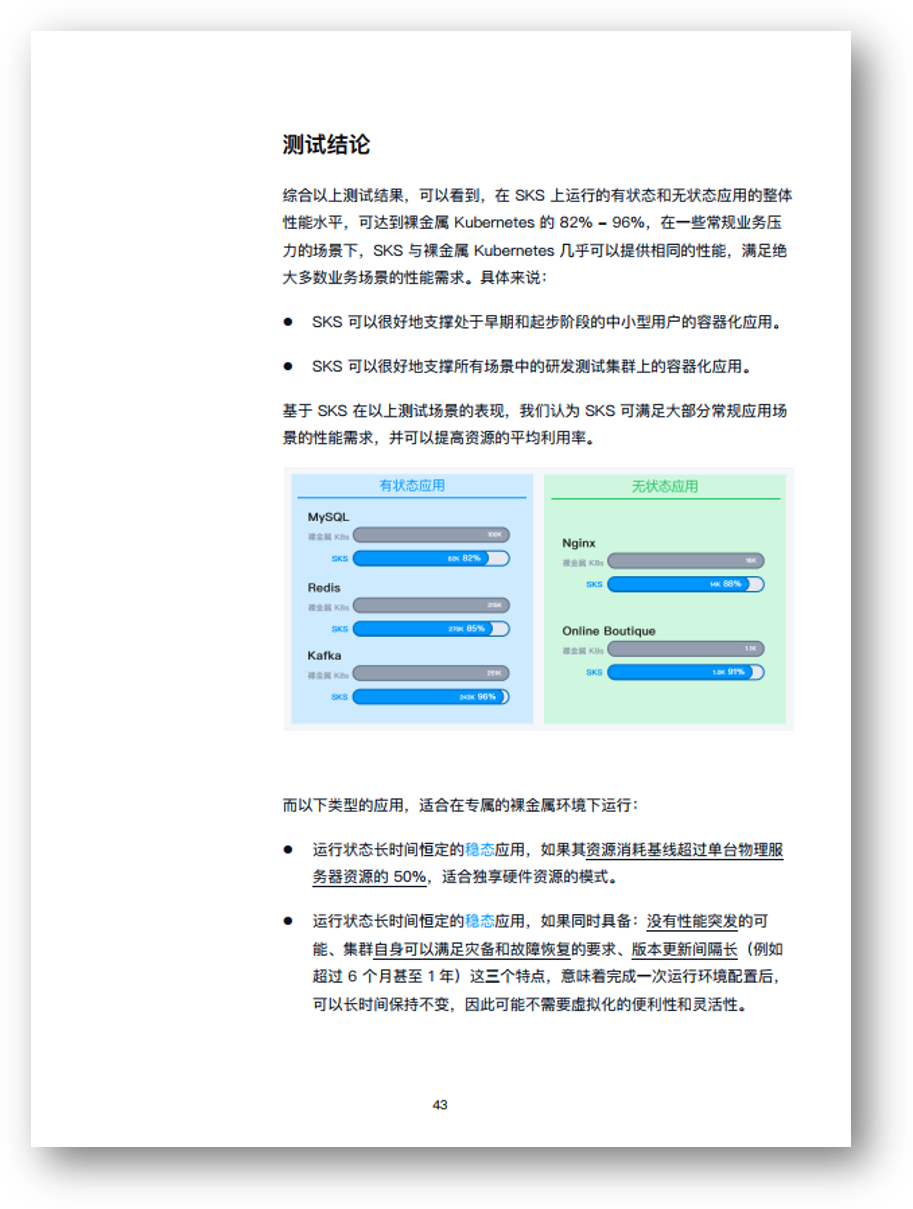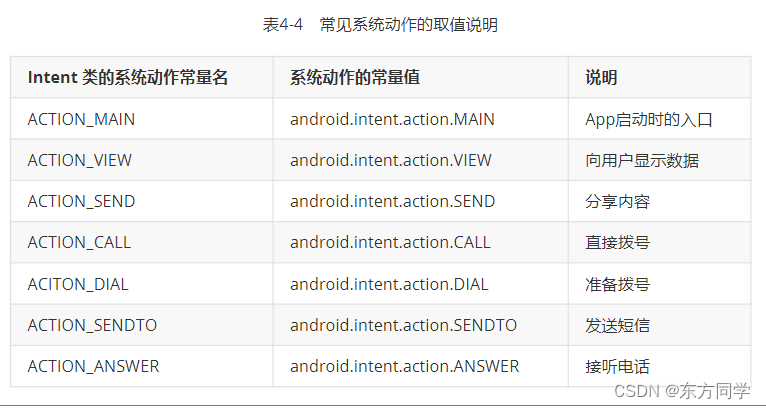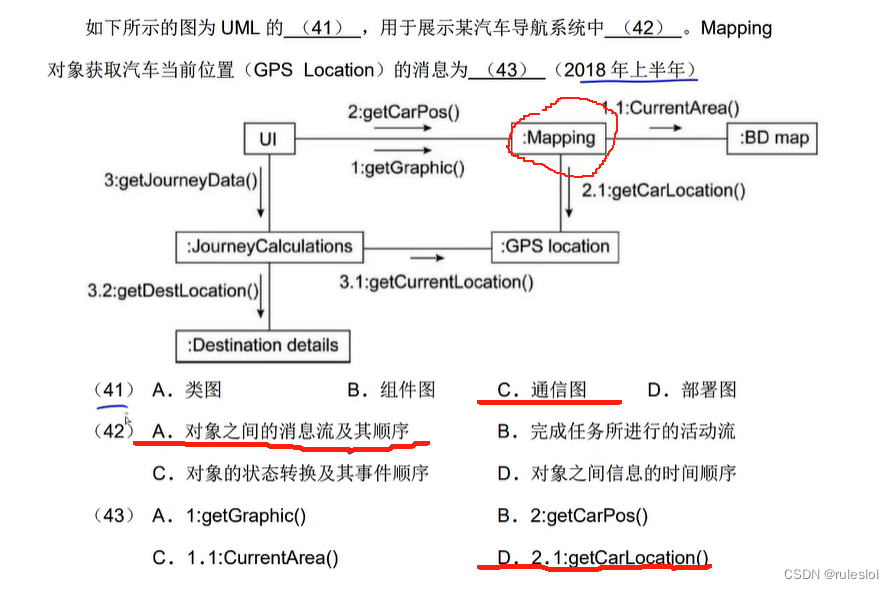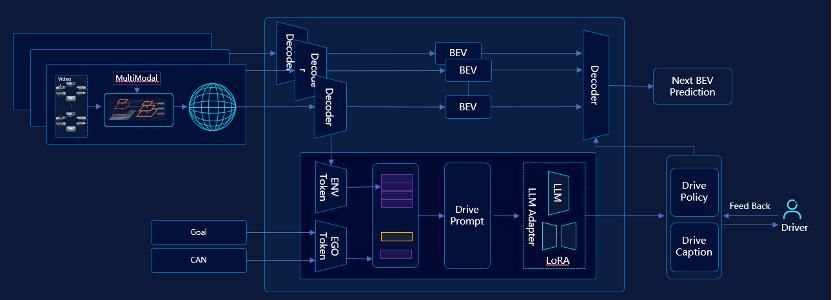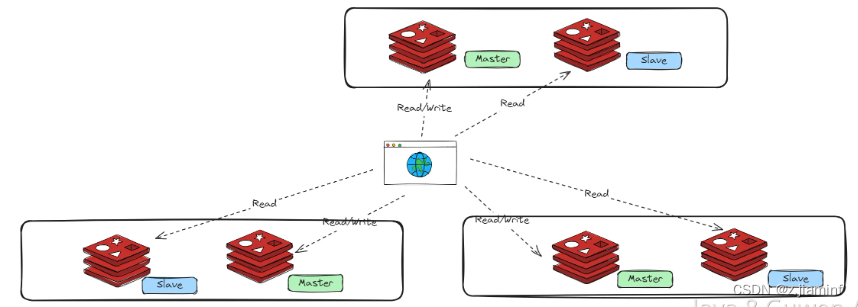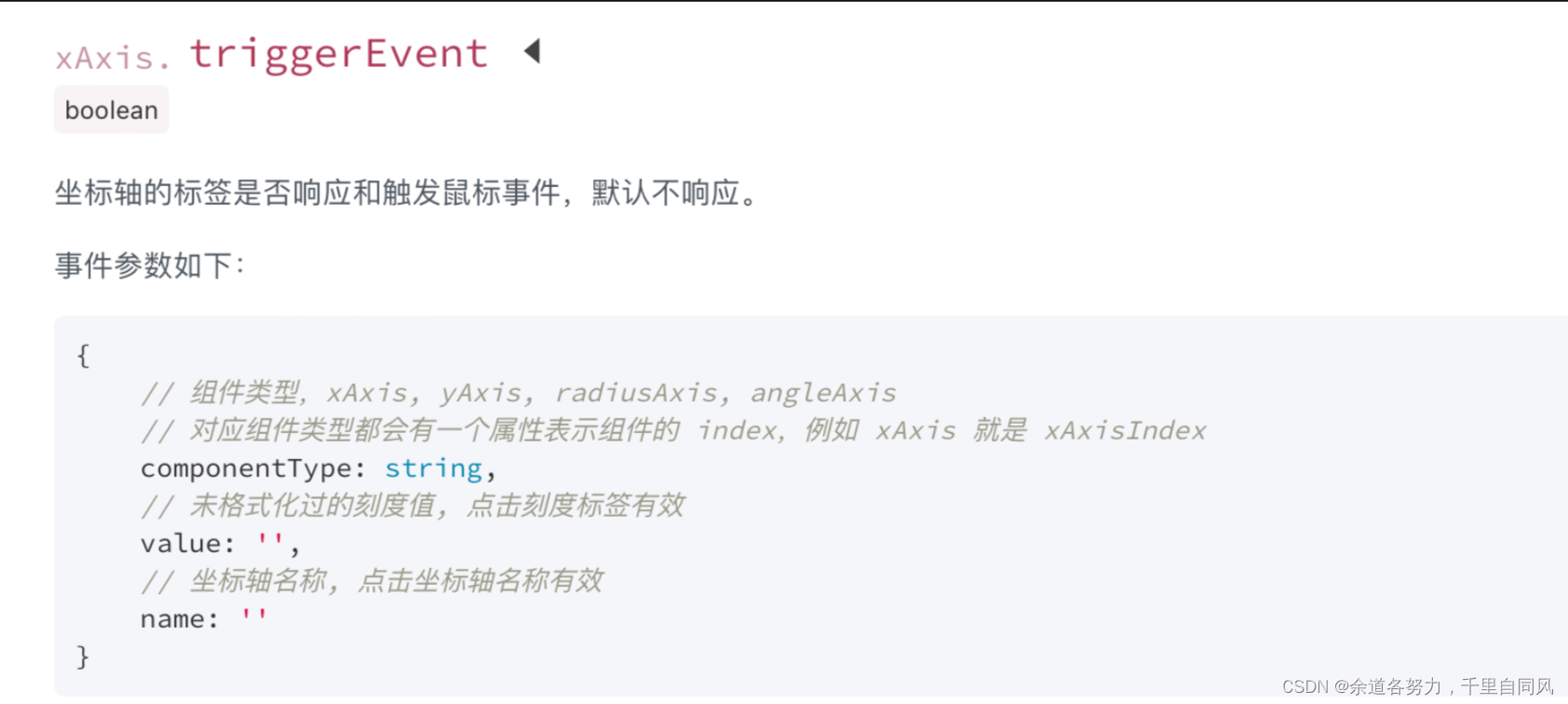文章目录
- 一、消息队列MQ
- 二、RabbitMQ
- 2.1 单机部署
- 2.2 消息模型
- 三、SpringAMAP
- 3.1 简单消息队列
- 3.2 工作消息队列
- 3.3 发布-订阅模型:FanoutExchange 广播交换机
- 3.4 发布-订阅模型:DirectExchange 路由交换机
- 3.5 发布-订阅模型:TopicExchange 话题交换机
- 3.6 消息转换器
一、消息队列MQ
同步调用的优点:时效性较强,可以立即得到结果;
同步调用的问题:耦合度高;性能和吞吐能力下降;有额外的资源消耗;有级联失败问题;
异步调用常见实现就是事件驱动模式
异步通信的优点:耦合度低;吞吐量提升;故障隔离;流量削峰;
异步通信的缺点:依赖于Broker的可靠性、安全性、吞吐能力;架构复杂了,业务没有明显的流程线,不好追踪管理;
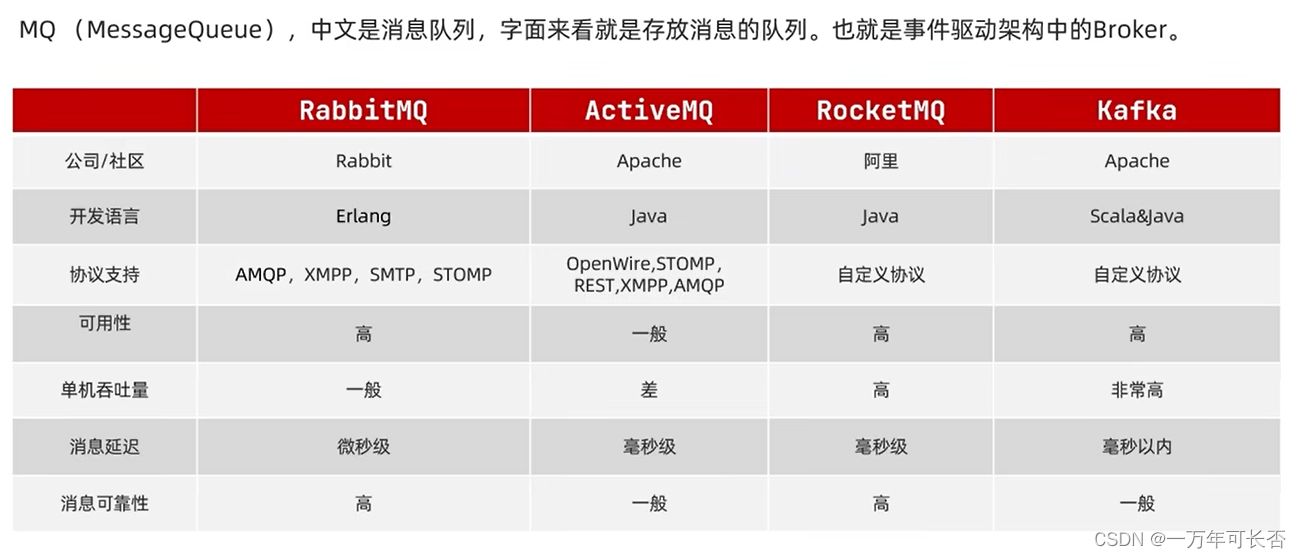
二、RabbitMQ
RabbitMQ的官网:https://www.rabbitmq.com/
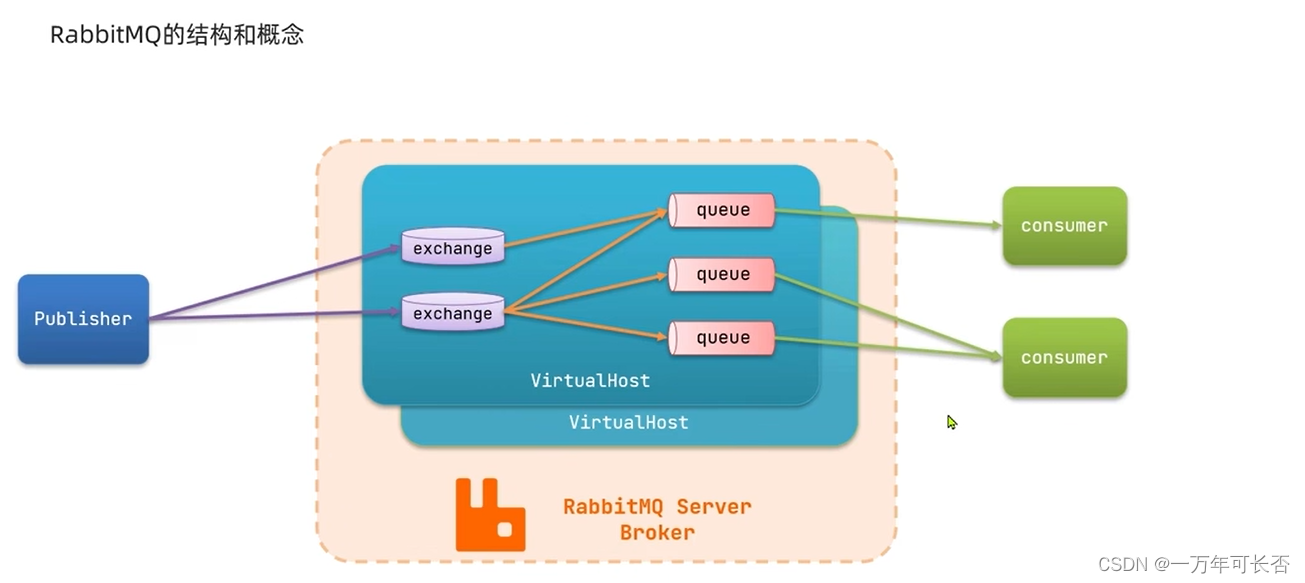
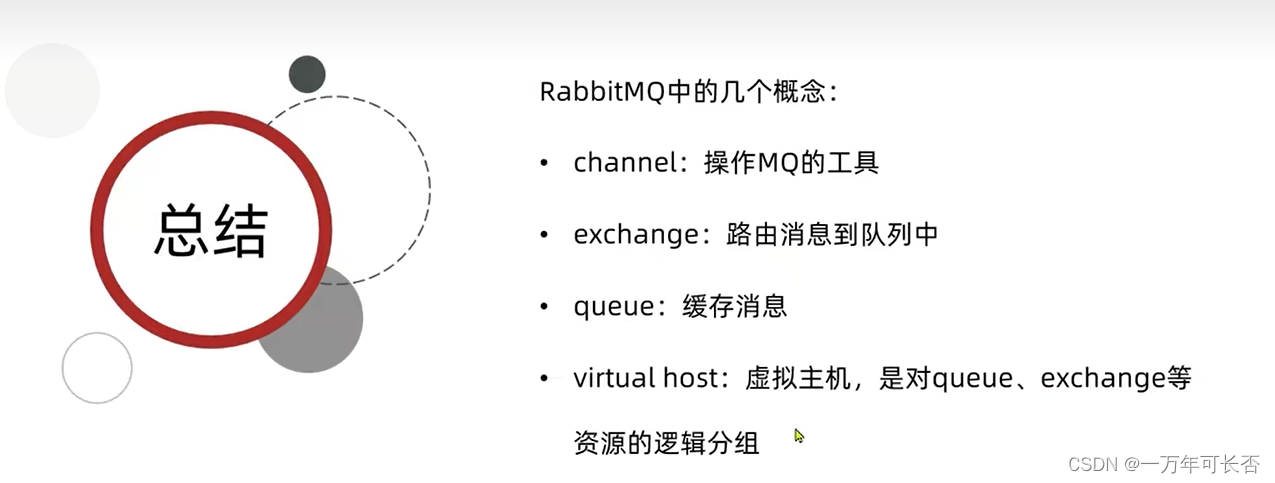
2.1 单机部署
我们在Centos7虚拟机中使用Docker来安装。
- 下载镜像
方式一:在线拉取
docker pull rabbitmq:3-management
方式二:从本地加载
在课前资料已经提供了镜像包:
上传到虚拟机中后,使用命令加载镜像即可:
docker load -i mq.tar
- 安装MQ
执行下面的命令来运行MQ容器:
docker run \
-e RABBITMQ_DEFAULT_USER=itcast \
-e RABBITMQ_DEFAULT_PASS=123321 \
--name mq \
--hostname mq1 \
-p 15672:15672 \
-p 5672:5672 \
-d \
rabbitmq:3-management
- 通过 主机IP:15672 访问RabbitMQ的管理界面
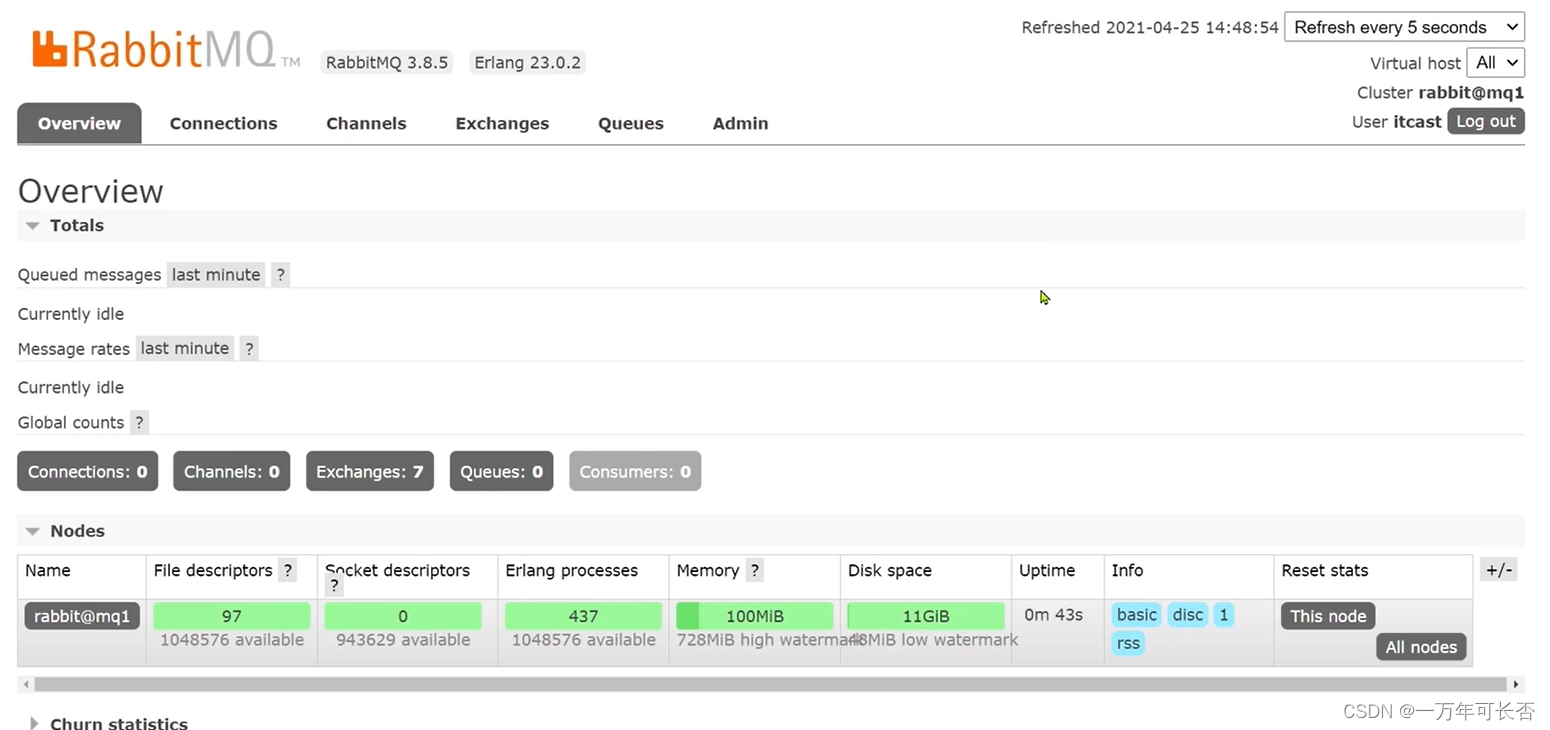
2.2 消息模型
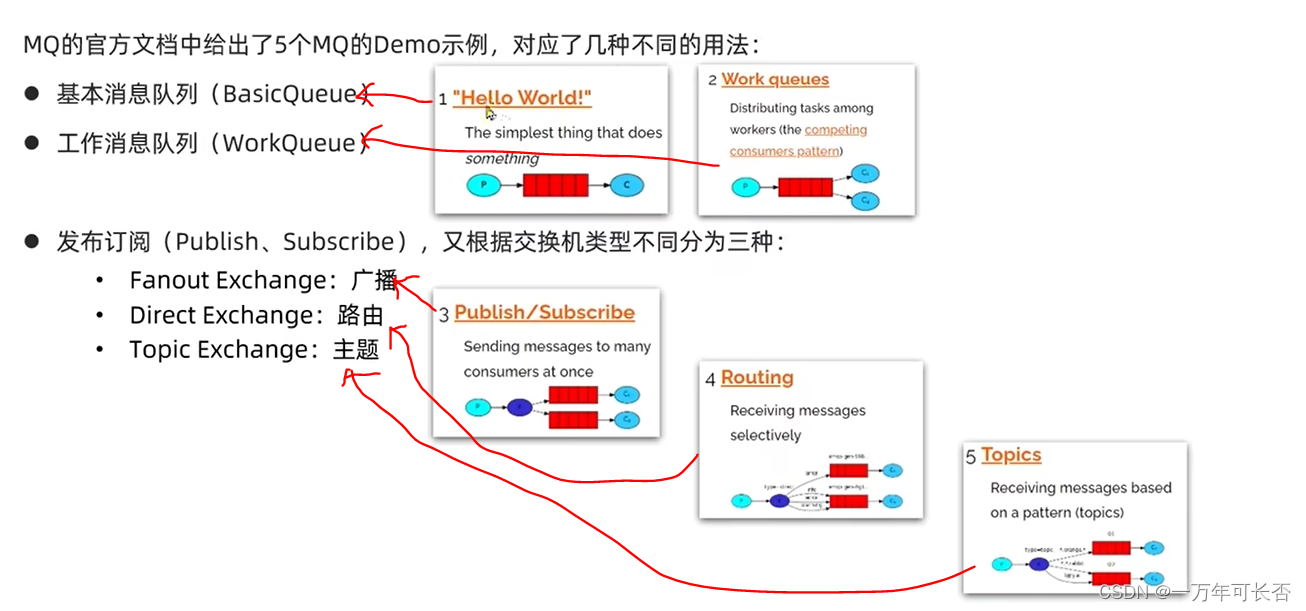
在官网 https://www.rabbitmq.com/ 中,选择文件 -> 入门,可看见案例demo

下面演示:官网的基本消息队列模型

publisher
package cn.itcast.mq.helloworld;
import com.rabbitmq.client.Channel;
import com.rabbitmq.client.Connection;
import com.rabbitmq.client.ConnectionFactory;
import org.junit.Test;
import java.io.IOException;
import java.util.concurrent.TimeoutException;
public class PublisherTest {
@Test
public void testSendMessage() throws IOException, TimeoutException {
// 1.建立连接
ConnectionFactory factory = new ConnectionFactory();
// 1.1.设置连接参数,分别是:主机名、端口号、vhost、用户名、密码
factory.setHost("192.168.101.6");
factory.setPort(5672);
factory.setVirtualHost("/"); //虚拟主机
factory.setUsername("itcast");
factory.setPassword("123321");
// 1.2.建立连接
Connection connection = factory.newConnection();
// 2.创建通道Channel
Channel channel = connection.createChannel();
// 3.创建队列
String queueName = "simple.queue";
channel.queueDeclare(queueName, false, false, false, null);
// 4.发送消息
String message = "hello, rabbitmq!";
channel.basicPublish("", queueName, null, message.getBytes());
System.out.println("发送消息成功:【" + message + "】");
// 5.关闭通道和连接
channel.close();
connection.close();
}
}
consumer
package cn.itcast.mq.helloworld;
import com.rabbitmq.client.*;
import java.io.IOException;
import java.util.concurrent.TimeoutException;
public class ConsumerTest {
public static void main(String[] args) throws IOException, TimeoutException {
// 1.建立连接
ConnectionFactory factory = new ConnectionFactory();
// 1.1.设置连接参数,分别是:主机名、端口号、vhost、用户名、密码
factory.setHost("192.168.101.6");
factory.setPort(5672);
factory.setVirtualHost("/");
factory.setUsername("itcast");
factory.setPassword("123321");
// 1.2.建立连接
Connection connection = factory.newConnection();
// 2.创建通道Channel
Channel channel = connection.createChannel();
// 3.创建队列
String queueName = "simple.queue";
channel.queueDeclare(queueName, false, false, false, null);
// 4.订阅消息
channel.basicConsume(queueName, true, new DefaultConsumer(channel){
@Override
public void handleDelivery(String consumerTag, Envelope envelope,
AMQP.BasicProperties properties, byte[] body) throws IOException {
// 5.处理消息
String message = new String(body);
System.out.println("接收到消息:【" + message + "】");
}
});
System.out.println("等待接收消息。。。。");
}
}
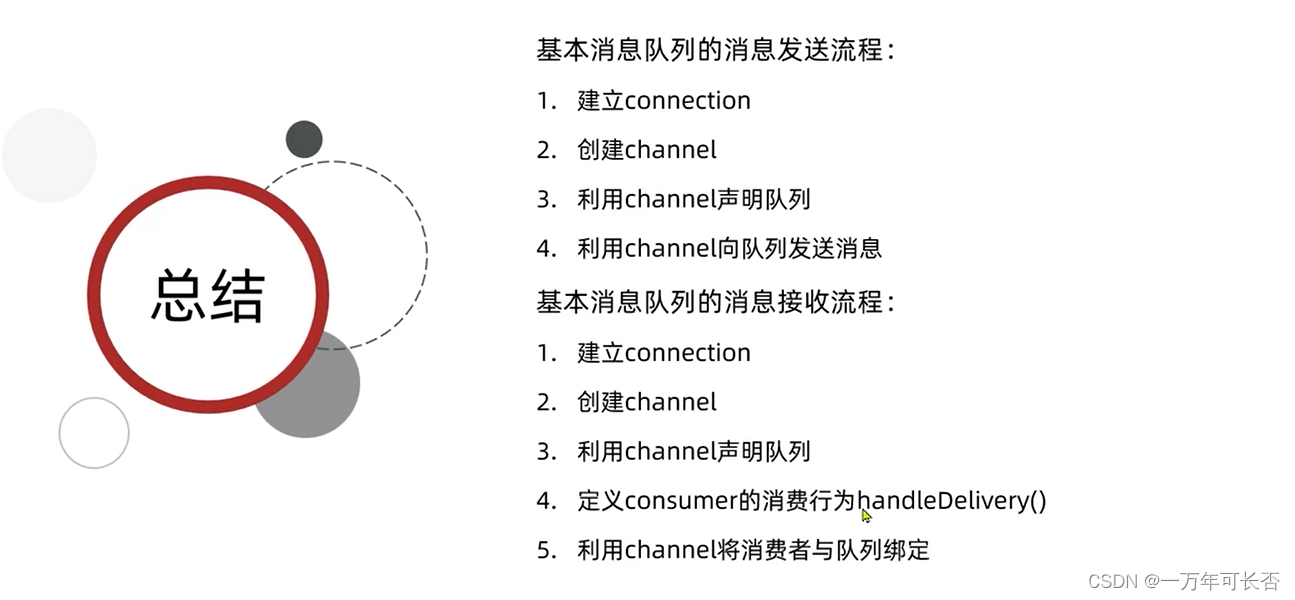
三、SpringAMAP
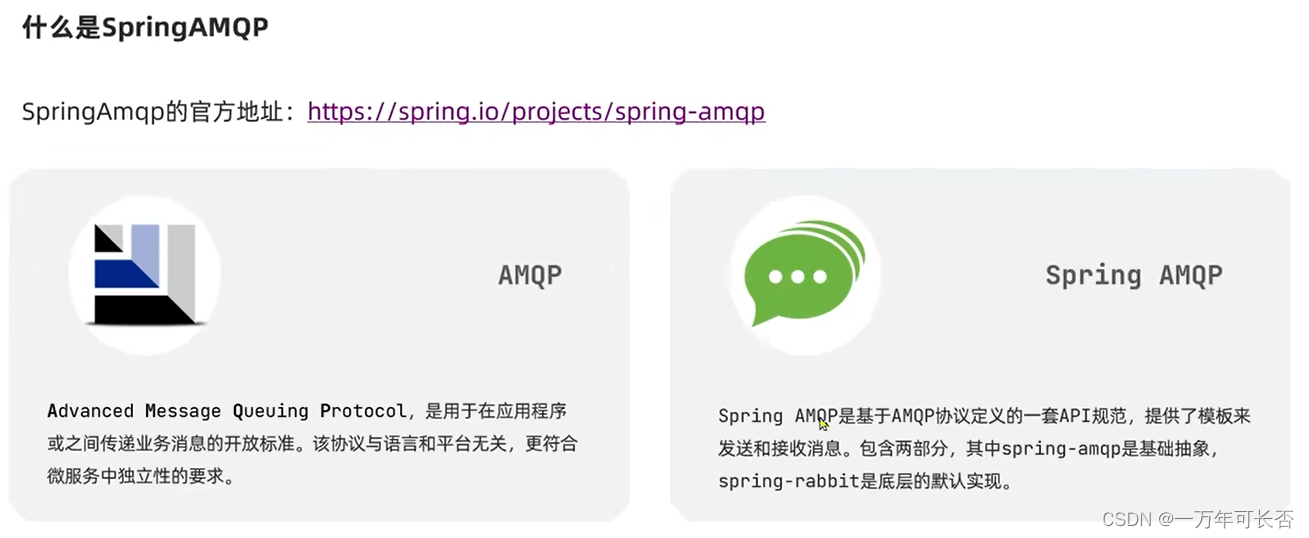
3.1 简单消息队列

流程如下:
- 在父工程中引入spring-amqp的依赖
<!--AMQP依赖,包含RabbitMQ-->
<dependency>
<groupId>org.springframework.boot</groupId>
<artifactId>spring-boot-starter-amqp</artifactId>
</dependency>
- 在publisher和consumer服务中编写application.yml,添加mq连接信息
spring:
rabbitmq:
host: 192.168.150.101 # rabbitMQ的ip地址
port: 5672 # 端口
username: itcast
password: 123321
virtual-host: / # 虚拟主机
- 在publisher服务中新建一个测试类,编写测试方法,然后运行测试方法发送消息
@RunWith(SpringRunner.class)
@SpringBootTest
public class SpringAmqpTest {
@Autowired
private RabbitTemplate rabbitTemplate;
@Test
public void testSendMessage2SimpleQueue() {
String queueName = "simple.queue"; // 队列名称
String message = "hello, spring amqp!"; // 消息
rabbitTemplate.convertAndSend(queueName, message);
}
}
- 在consumer服务中新建一个类,编写消费逻辑,然后启动服务。 定义类,添加@Component注解;类中声明方法,添加@RabbitListener注解,方法参数就时消息。
注意:消息一旦消费就会从队列删除,RabbitMQ没有消息回溯功能
@Component
public class SpringRabbitListener {
@RabbitListener(queues = "simple.queue")
public void listenSimpleQueue(String msg) {
System.out.println("消费者接收到simple.queue的消息:【" + msg + "】");
}
}
3.2 工作消息队列
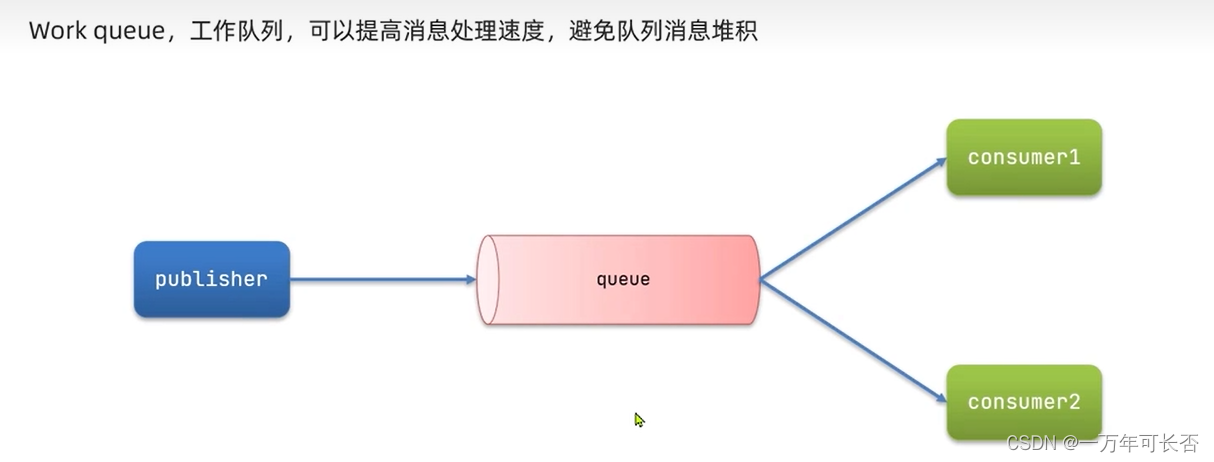

- 前面步骤同上,编写publisher
@RunWith(SpringRunner.class)
@SpringBootTest
public class SpringAmqpTest {
@Autowired
private RabbitTemplate rabbitTemplate;
@Test
public void testSendMessage2WorkQueue() throws InterruptedException {
String queueName = "simple.queue";
String message = "hello, message__";
for (int i = 1; i <= 50; i++) {
rabbitTemplate.convertAndSend(queueName, message + i);
Thread.sleep(20);
}
}
}
- 设置两个消费者
@Component
public class SpringRabbitListener {
@RabbitListener(queues = "simple.queue")
public void listenWorkQueue1(String msg) throws InterruptedException {
System.out.println("消费者1接收到消息:【" + msg + "】" + LocalTime.now());
Thread.sleep(20);
}
@RabbitListener(queues = "simple.queue")
public void listenWorkQueue2(String msg) throws InterruptedException {
System.err.println("消费者2........接收到消息:【" + msg + "】" + LocalTime.now());
Thread.sleep(200);
}
- 由于消费者存在
消息预取机制【即:消费者会将队列中的消息提前取出来,再处理】导致两个消费者处理消息的数量一致【即:一半一半】,因此需要在消费者的application设置prefetch=1如下【用来保证每次处理完一条消息再取消息】,这样消费者1比消费者2处理的消息更多。
spring:
rabbitmq:
host: 192.168.150.101 # rabbitMQ的ip地址
port: 5672 # 端口
username: itcast
password: 123321
virtual-host: / # 虚拟主机
listener:
simple:
prefetch: 1 # 每次只能获取一条消息,处理完成后才能获取下一个消息,该用于解决消息预取机制
3.3 发布-订阅模型:FanoutExchange 广播交换机
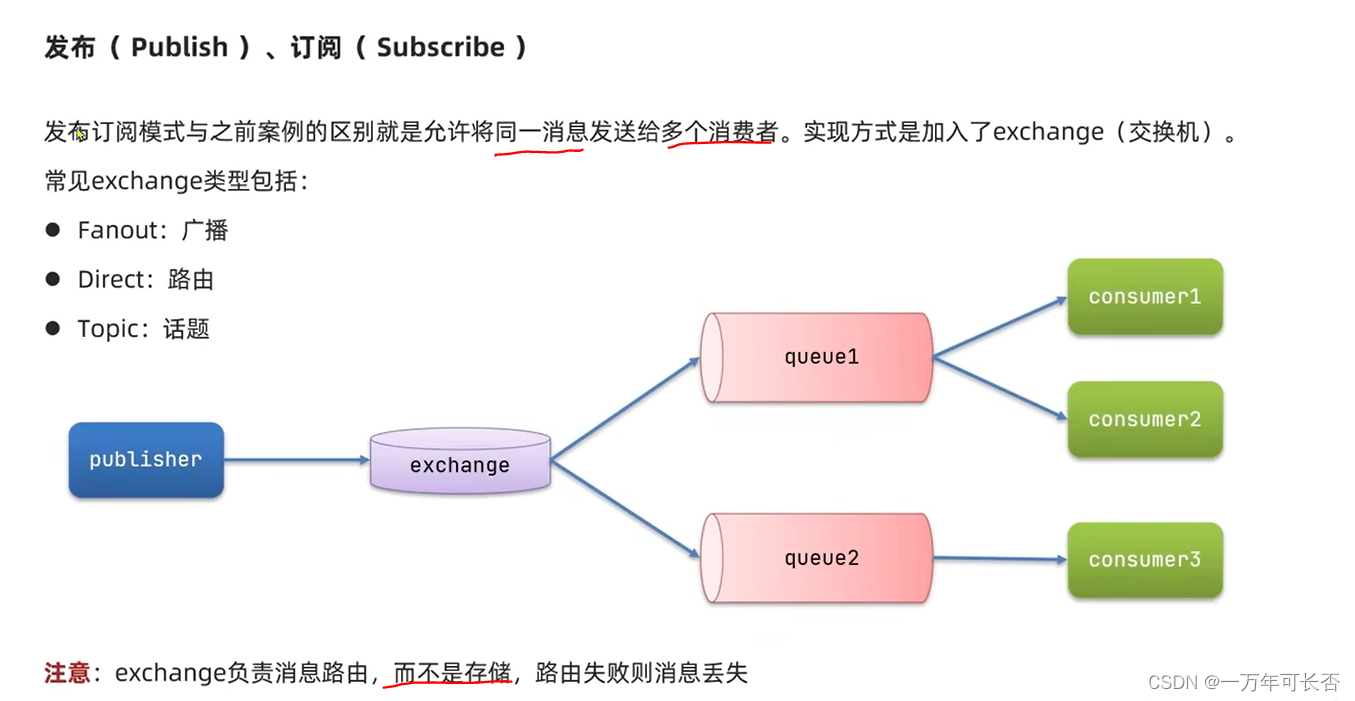
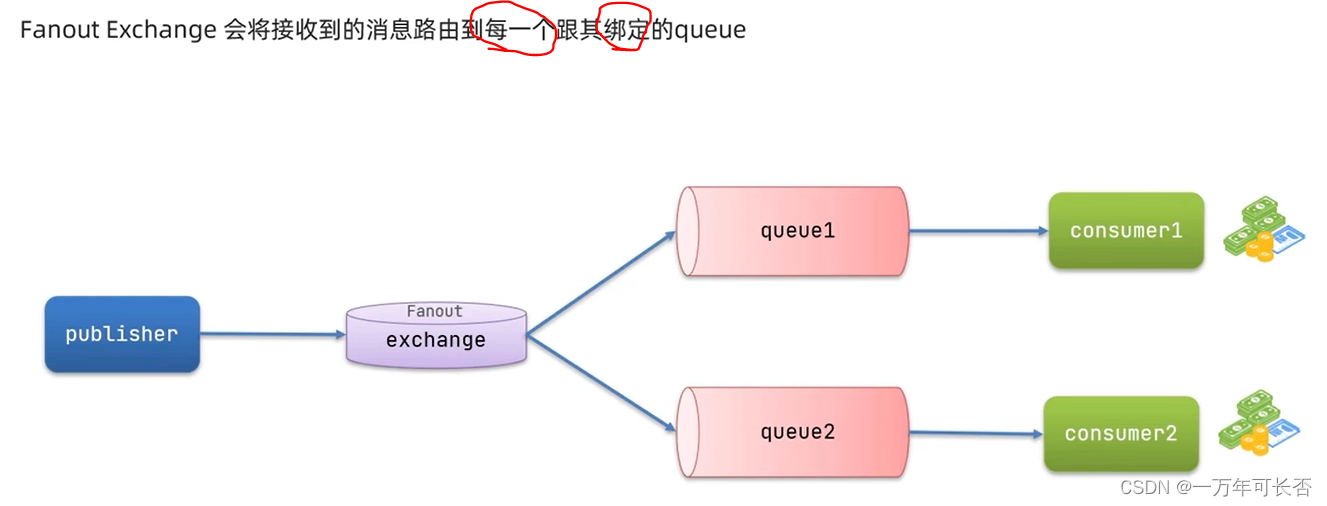
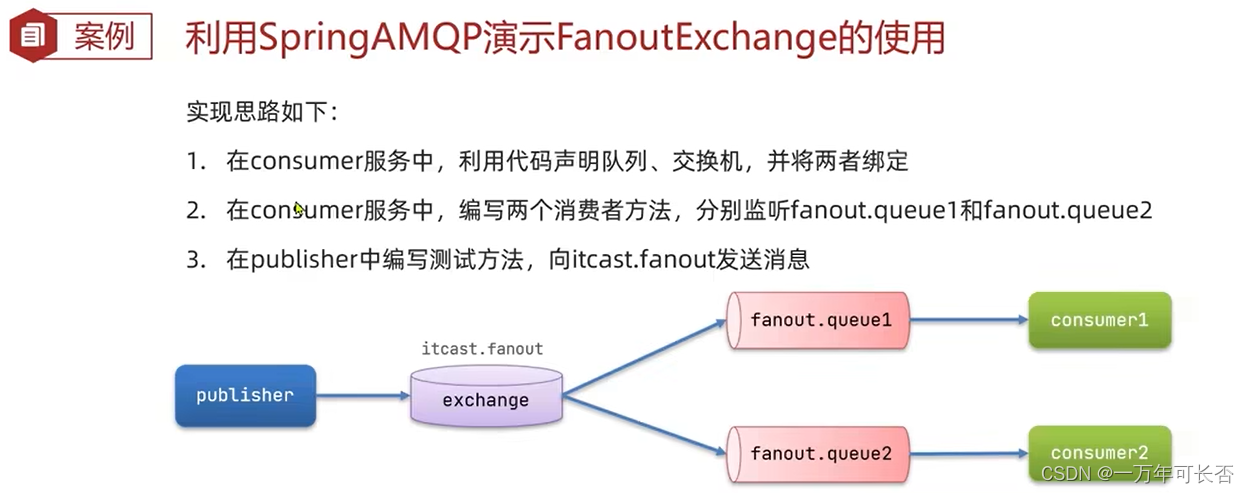
- 前面步骤同上,编写publisher
@RunWith(SpringRunner.class)
@SpringBootTest
public class SpringAmqpTest {
@Autowired
private RabbitTemplate rabbitTemplate;
@Test
public void testSendFanoutExchange() {
// 交换机名称
String exchangeName = "itcast.fanout";
// 消息
String message = "hello, every one!";
// 发送消息
rabbitTemplate.convertAndSend(exchangeName, "", message);
}
}
- 声明一个交换机,两个消息队列,并完成绑定,然后设置两个消费者接收消息。最后测试发现两个消费者可以接收发布者的消息
package cn.itcast.mq.config;
import org.springframework.amqp.core.Binding;
import org.springframework.amqp.core.BindingBuilder;
import org.springframework.amqp.core.FanoutExchange;
import org.springframework.amqp.core.Queue;
import org.springframework.context.annotation.Bean;
import org.springframework.context.annotation.Configuration;
@Configuration
public class FanoutConfig {
// 1.声明FanoutExchange交换机
@Bean
public FanoutExchange fanoutExchange(){
return new FanoutExchange("itcast.fanout");
}
// 2.声明第1个队列 注意:此方法名是该队列的唯一ID
@Bean
public Queue fanoutQueue1(){
return new Queue("fanout.queue1");
}
// 3.绑定队列1到交换机 注意:参数名要与上述定义的方法名保持一致
@Bean
public Binding fanoutBinding1(Queue fanoutQueue1, FanoutExchange fanoutExchange){
return BindingBuilder
.bind(fanoutQueue1)
.to(fanoutExchange);
}
// 声明第2个队列 注意:此方法名是该队列的唯一ID
@Bean
public Queue fanoutQueue2(){
return new Queue("fanout.queue2");
}
// 绑定队列2到交换机 注意:参数名要与上述定义的方法名保持一致
@Bean
public Binding fanoutBinding2(Queue fanoutQueue2, FanoutExchange fanoutExchange){
return BindingBuilder
.bind(fanoutQueue2)
.to(fanoutExchange);
}
}
@Component
public class SpringRabbitListener {
@RabbitListener(queues = "fanout.queue1")
public void listenFanoutQueue1(String msg) {
System.out.println("消费者接收到fanout.queue1的消息:【" + msg + "】");
}
@RabbitListener(queues = "fanout.queue2")
public void listenFanoutQueue2(String msg) {
System.out.println("消费者接收到fanout.queue2的消息:【" + msg + "】");
}
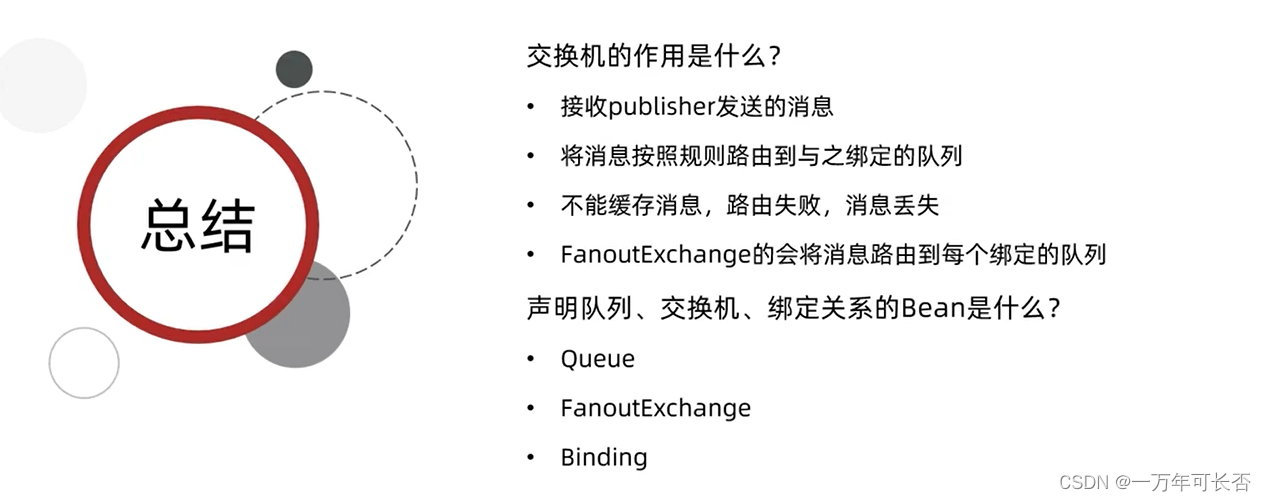
3.4 发布-订阅模型:DirectExchange 路由交换机


- 前面步骤同上,编写publisher
@RunWith(SpringRunner.class)
@SpringBootTest
public class SpringAmqpTest {
@Autowired
private RabbitTemplate rabbitTemplate;
@Test
public void testSendDirectExchange() {
// 交换机名称
String exchangeName = "itcast.direct";
// 消息
String message = "hello, blue!";
// 发送消息
rabbitTemplate.convertAndSend(exchangeName, "blue", message);
}
}
- 设置两个消费者,并且用@RabbitListener注解的方式声明 Binding Queue Exchange Key。当发送者发送key=blue的消息时,只有消费者1收到。
@Component
public class SpringRabbitListener {
/**
* 4.发布-订阅模型:Direct 路由
* 用注解的方式声明 Binding Queue Exchange Key
*/
@RabbitListener(bindings = @QueueBinding(
value = @Queue(name = "direct.queue1"),
exchange = @Exchange(name = "itcast.direct", type = ExchangeTypes.DIRECT),
key = {"red", "blue"}
)) // type表示哪种交换机
public void listenDirectQueue1(String msg){
System.out.println("消费者接收到direct.queue1的消息:【" + msg + "】");
}
@RabbitListener(bindings = @QueueBinding(
value = @Queue(name = "direct.queue2"),
exchange = @Exchange(name = "itcast.direct", type = ExchangeTypes.DIRECT),
key = {"red", "yellow"}
))
public void listenDirectQueue2(String msg){
System.out.println("消费者接收到direct.queue2的消息:【" + msg + "】");
}
}

3.5 发布-订阅模型:TopicExchange 话题交换机

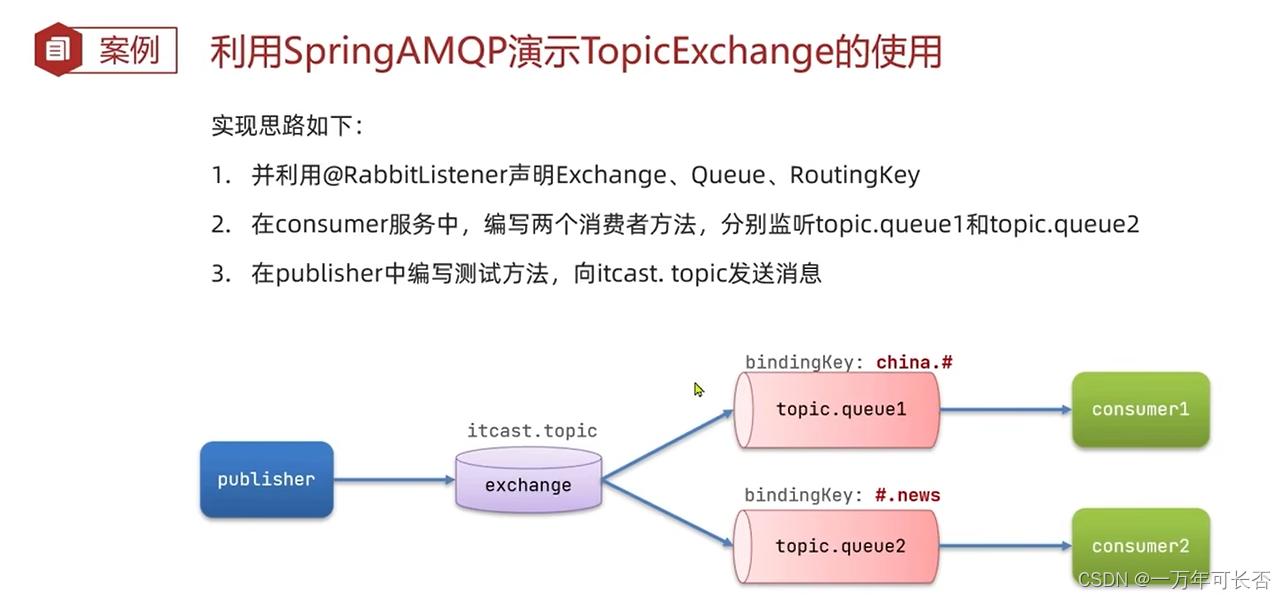
实现消费者1接收中国的所有消息,消费者2接收所有的新闻
- 前面步骤同上,编写publisher
@RunWith(SpringRunner.class)
@SpringBootTest
public class SpringAmqpTest {
@Test
public void testSendTopicExchange() {
// 交换机名称
String exchangeName = "itcast.topic";
// 消息
String message = "今天天气不错,我的心情好极了!";
// 发送消息
rabbitTemplate.convertAndSend(exchangeName, "china.wearther", message);
}
}
- 设置两个消费者,并且用@RabbitListener注解的方式声明 Binding Queue Exchange Key。当发送者发送key=china.wearther的消息时,只有消费者1收到。
@Component
public class SpringRabbitListener {
/**
* 5.发布-订阅模型:topic 路由
* 用注解的方式声明 Binding Queue Exchange Key
*/
@RabbitListener(bindings = @QueueBinding(
value = @Queue(name = "topic.queue1"),
exchange = @Exchange(name = "itcast.topic", type = ExchangeTypes.TOPIC),
key = "china.#"
))
public void listenTopicQueue1(String msg){
System.out.println("消费者接收到topic.queue1的消息:【" + msg + "】");
}
@RabbitListener(bindings = @QueueBinding(
value = @Queue(name = "topic.queue2"),
exchange = @Exchange(name = "itcast.topic", type = ExchangeTypes.TOPIC),
key = "#.news"
))
public void listenTopicQueue2(String msg){
System.out.println("消费者接收到topic.queue2的消息:【" + msg + "】");
}
}
3.6 消息转换器
上述传递的都是String类型的,而实际需要传递Object类型的数据,因此我么需要对消息进行转换
- 前面步骤同上,编写publisher
@RunWith(SpringRunner.class)
@SpringBootTest
public class SpringAmqpTest {
@Test
public void testSendObjectQueue() {
Map<String, Object> msg = new HashMap<>();
msg.put("name","小明");
msg.put("age",12);
// 发送消息
rabbitTemplate.convertAndSend("object.queue", msg);
}
}
- 设置两个消费者,并且用@RabbitListener注解的方式声明 Binding Queue Exchange Key。当发送者发送key=china.wearther的消息时,只有消费者1收到。
@Component
public class SpringRabbitListener {
/**
* 6.消息转换器
*
*/
@RabbitListener(queues = "object.queue")
public void listenObjectQueue(Map<String,Object> msg){
System.out.println("接收到object.queue的消息:" + msg);
}
}
- 但这样存在一个问题publisher发布的数据被序列化,因此我们需要在publisher和consumer的pom文件(或者父工程的pom文件)中添加依赖,并且在Application中反序列化
<!--JSON序列化-->
<dependency>
<groupId>com.fasterxml.jackson.core</groupId>
<artifactId>jackson-databind</artifactId>
</dependency>
@SpringBootApplication
public class PublisherApplication {
public static void main(String[] args) {
SpringApplication.run(PublisherApplication.class);
}
@Bean
public MessageConverter messageConverter(){
return new Jackson2JsonMessageConverter();
}
}
@SpringBootApplication
public class ConsumerApplication {
public static void main(String[] args) {
SpringApplication.run(ConsumerApplication.class, args);
}
@Bean
public MessageConverter messageConverter(){
return new Jackson2JsonMessageConverter();
}
}

